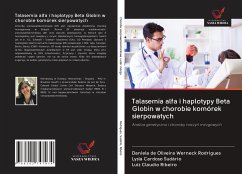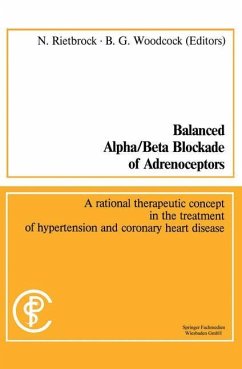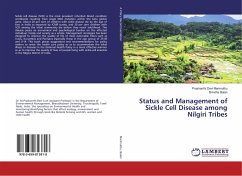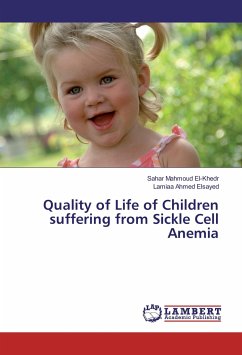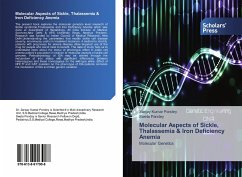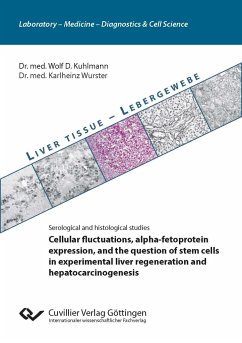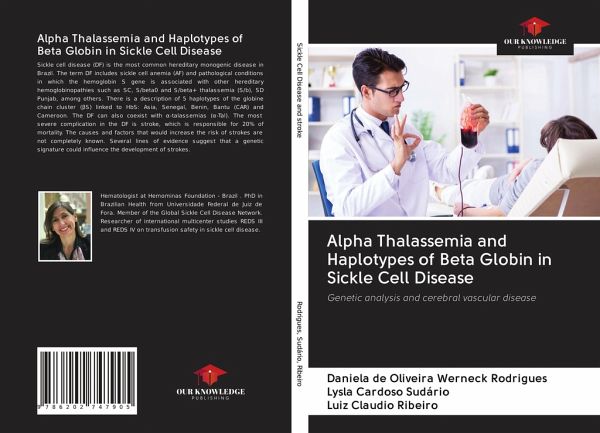
Alpha Thalassemia and Haplotypes of Beta Globin in Sickle Cell Disease
Genetic analysis and cerebral vascular disease
Versandkostenfrei!
Versandfertig in 1-2 Wochen
28,99 €
inkl. MwSt.

PAYBACK Punkte
14 °P sammeln!
Sickle cell disease (DF) is the most common hereditary monogenic disease in Brazil. The term DF includes sickle cell anemia (AF) and pathological conditions in which the hemoglobin S gene is associated with other hereditary hemoglobinopathies such as SC, S/beta0 and S/beta+ thalassemia (S/b), SD Punjab, among others. There is a description of 5 haplotypes of the globine chain cluster (ßS) linked to HbS: Asia, Senegal, Benin, Bantu (CAR) and Cameroon. The DF can also coexist with ¿-talassemias (¿-Tal). The most severe complication in the DF is stroke, which is responsible for 20% of mortalit...
Sickle cell disease (DF) is the most common hereditary monogenic disease in Brazil. The term DF includes sickle cell anemia (AF) and pathological conditions in which the hemoglobin S gene is associated with other hereditary hemoglobinopathies such as SC, S/beta0 and S/beta+ thalassemia (S/b), SD Punjab, among others. There is a description of 5 haplotypes of the globine chain cluster (ßS) linked to HbS: Asia, Senegal, Benin, Bantu (CAR) and Cameroon. The DF can also coexist with ¿-talassemias (¿-Tal). The most severe complication in the DF is stroke, which is responsible for 20% of mortality. The causes and factors that would increase the risk of strokes are not completely known. Several lines of evidence suggest that a genetic signature could influence the development of strokes.




